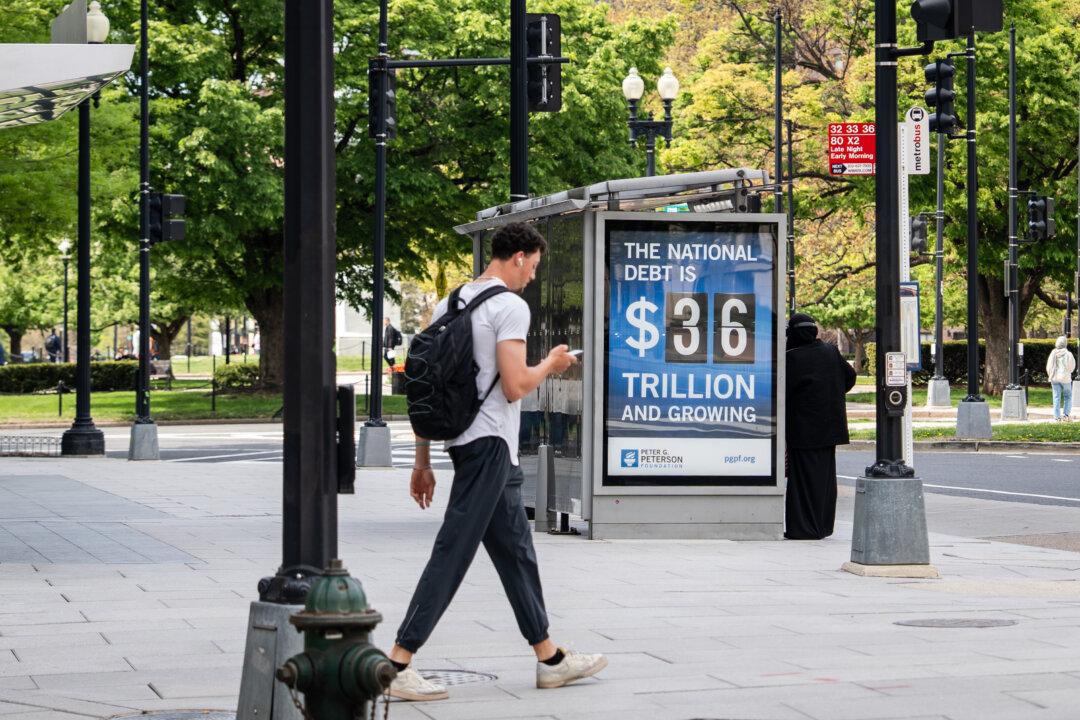The U.S. financial markets and the American consumer are both expressing concern about the state of the economy. The impact of tariffs, downgrades, deficits, tax bills, and inflation are each being weighed.
The United States has a severe spending problem, which most of the time we’re able to conveniently ignore by issuing more debt. Until the underlying addiction to debt and deficits is addressed, shifting revenue from one source (income taxes) to another (tariffs) might feel good, and may indeed be beneficial to American households, but it won’t be sufficient to restore our nation’s fiscal health.
For background, the federal debt is now approaching $37 trillion. This represents 125 percent of GDP, making the United States one of the most indebted major nations in the world, alongside Japan and Italy. Debt service payments (i.e., interest) now absorb 18 percent of federal government revenues. The United States hasn’t run a budget surplus since 2001, and in 2024 the deficit represented 6.4 percent of GDP, a level many economists view as unsustainable.
Markets, which tend to have short-term memories, are now refocused on the problem of the U.S. fiscal position. Equity markets have fallen, and bond yields have risen, to start the week. The bond market has pushed 30-year yields above five percent, signaling fear that the United States may struggle to borrow in adequate amounts to meet its refinancing needs.
Walmart just confirmed Americans’ fears of looming price hikes. The bellwether retailer announced that it will raise prices in coming months on a wide range of products as a result of tariffs. Walmart’s CEO, Douglas McMillon, commented that “given the magnitude of the tariffs … we aren’t able to absorb all the pressure given the reality of narrow retailer margins.” Walmart shoppers represent over two-thirds of Americans, and, while inflation has yet to show up in the CPI, they know it is coming.
The “One Big Beautiful Bill” goes a long way to help protect the American taxpayer and reduce their tax burden. But one man’s expense is another’s income. Tax cuts benefit the U.S. consumer but come at a cost to government revenue. The Trump administration will have to do more to close the deficit. Cost initiatives such as DOGE are a necessary and important part of the solution, but at some point, we are going to have to face the harder challenge. How do we close a $2 trillion deficit, and start paying down debt, when the substantial portion of our expenditures are for sacred-cow entitlement programs such as Social Security and Medicare, and non-discretionary items like interest service and defense?
This is the dilemma of which Moody’s downgrade has reminded us.







